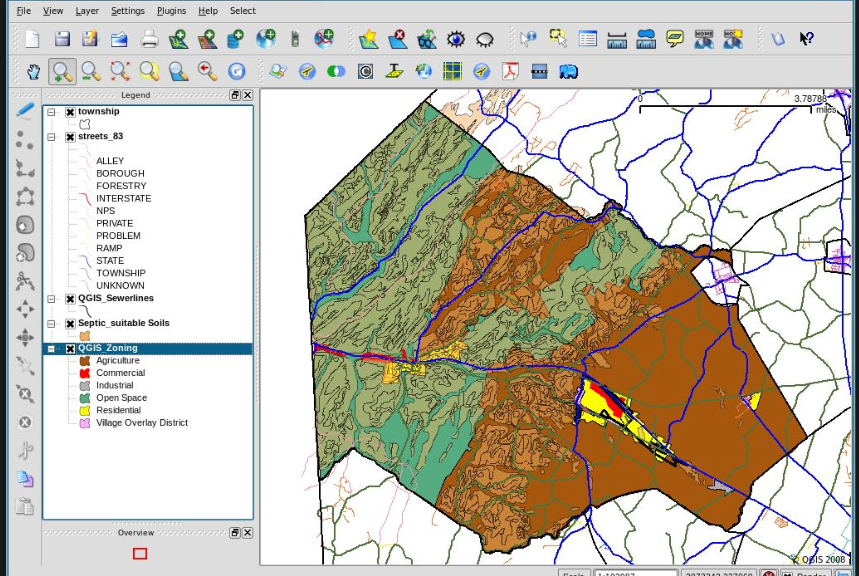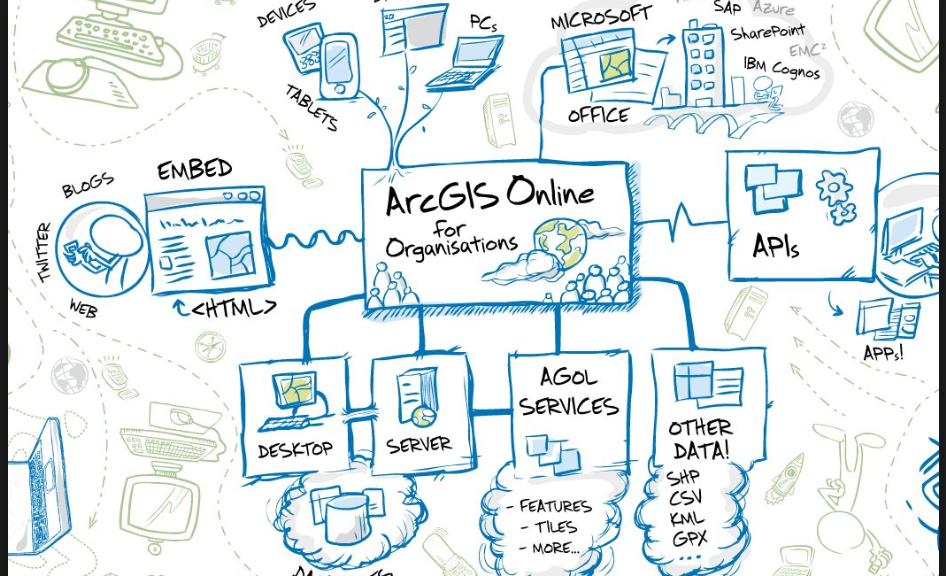“Space” and “Time” are of great importance in today’s times more than ever before. Our cities are expanding, land is reducing, our natural and social environment is changing. Nothing seems permanent anymore.
Driving around one of India’s great cities, Mumbai gives you a great sense of this change. Where newer buildings are coming up, the great old slums of Bombay still exist.

Even a seemingly slight change in the city, causes the planners of this great city to consider so many factors, when planning any new infrastructure or maintaining the old ones. Take travel for example. Mumbai’s local train transport system has been the backbone of connectivity in this great city.

But are our trains getting less crowded by day? The city is still expanding, with increasing population and the capacity of our roads decreasing, time is never going to increase. Time has to be made out of our busy schedules, to travel the vastness of this city, eventhough there is traffic, there are crowds on our trains, buses and our roads. People still have to get to work on time, children need to get to school, supplies for this great city have to be delivered, and deadlines have to be met. It brings it down to the dimensions of space and time, and a number of factors, environmental, political and social that affect these dimensions.
Geographic information since the beginning has helped us understand space. Now with advancements in Geospatial technologies, we are able to quite accurately model and depict geographic information in the context of spatial (space) and temporal (time) dimensions. Geographic information can help visualize our space in 3d, and to add to that we have time.

Temporal aspect of geographic data, is so significant in our time. Geographic data collected over years, and decades, along with other non-spatial information, not only gives us a great understanding of land use and climatic changes but also helps us predict such changes in future. It is this depiction of our 3 dimensional space along with time, that gives rise to our 4D Geospatial information. And to add to this, is also a new dimension, which is scale.The scale factor helps us model changes better in the context of specific localities, or a specific country or countries all over the world.

The advancements in capturing geographic information, through remote sensing and surveys, and the advancements in our ability to model these dimensions, along with so many other, helps our governments, and city planners effectively tackle changes in our space.















